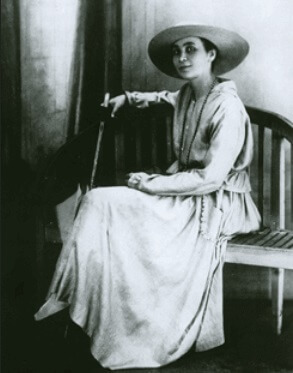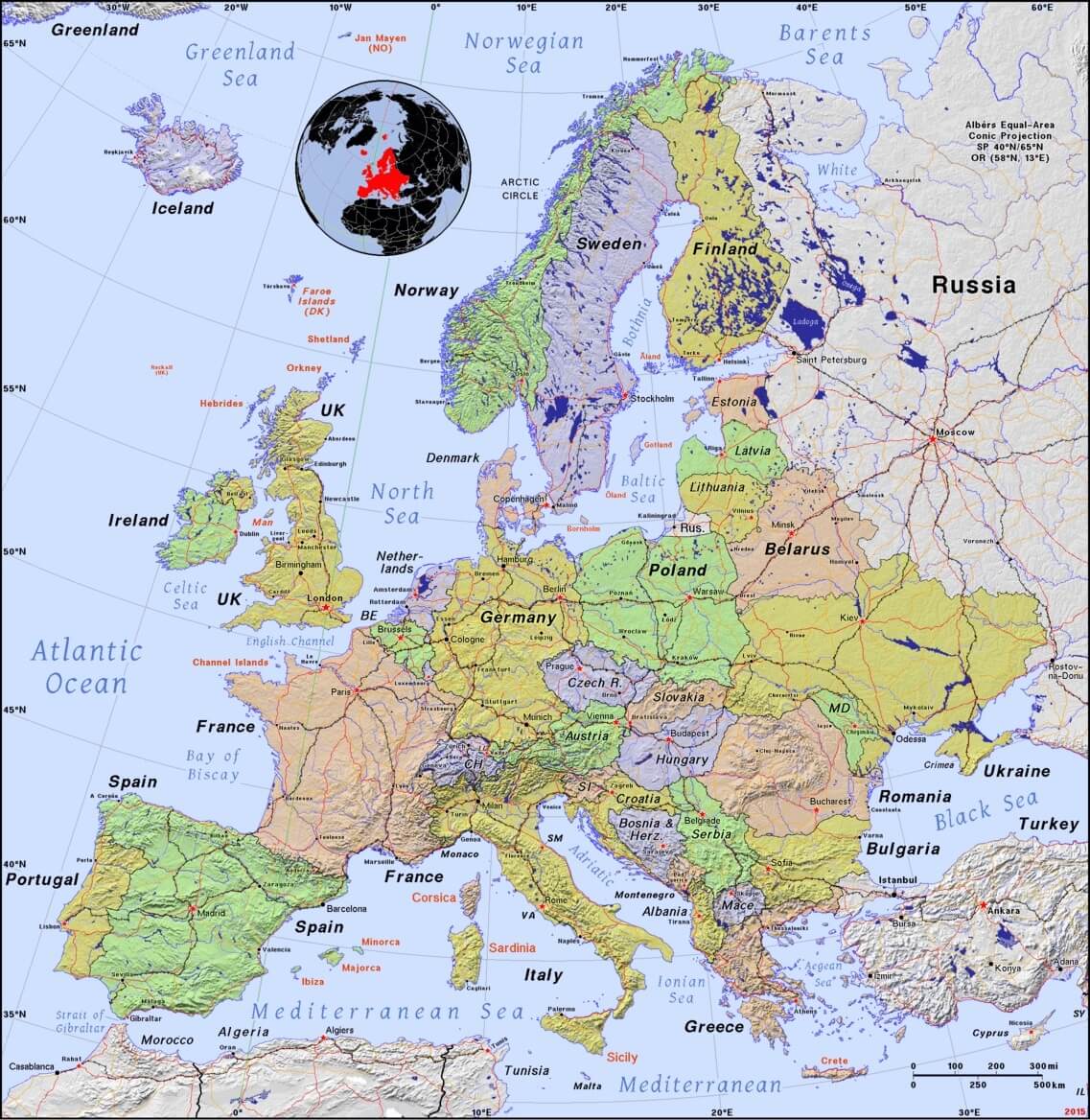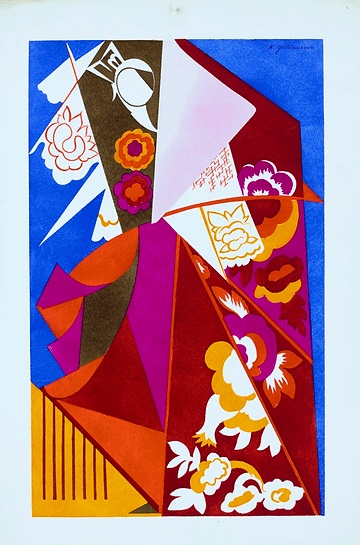Activity 1: Can You Find It?
During the week, study the painting and find the following:
- Flowers
- White Triangles
- Red Triangles
- Brown Triangle
- Orange Triangle
- Red Lines
- Orange Lines
- Leaves
Activity 2: Narrate the Painting
- After studying the painting, narrate the scene shown in the painting aloud using your own words.
Activity 3: Complete Vocabulary Activities
- While studying the vocabulary words, point them out in the painting.
- Define each of the vocabulary words in your own words.
Activity 4: Color the Painting

- Click the crayon above, and complete page 43 of 'First Grade Art History Coloring Book.'



